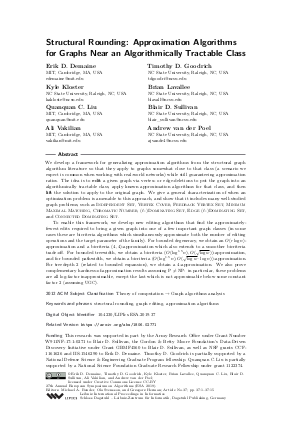LIPIcs.ESA.2019.37.pdf
- Filesize: 0.57 MB
- 15 pages

 Creative Commons Attribution 3.0 Unported license
Creative Commons Attribution 3.0 Unported license




















































Feedback for Dagstuhl Publishing